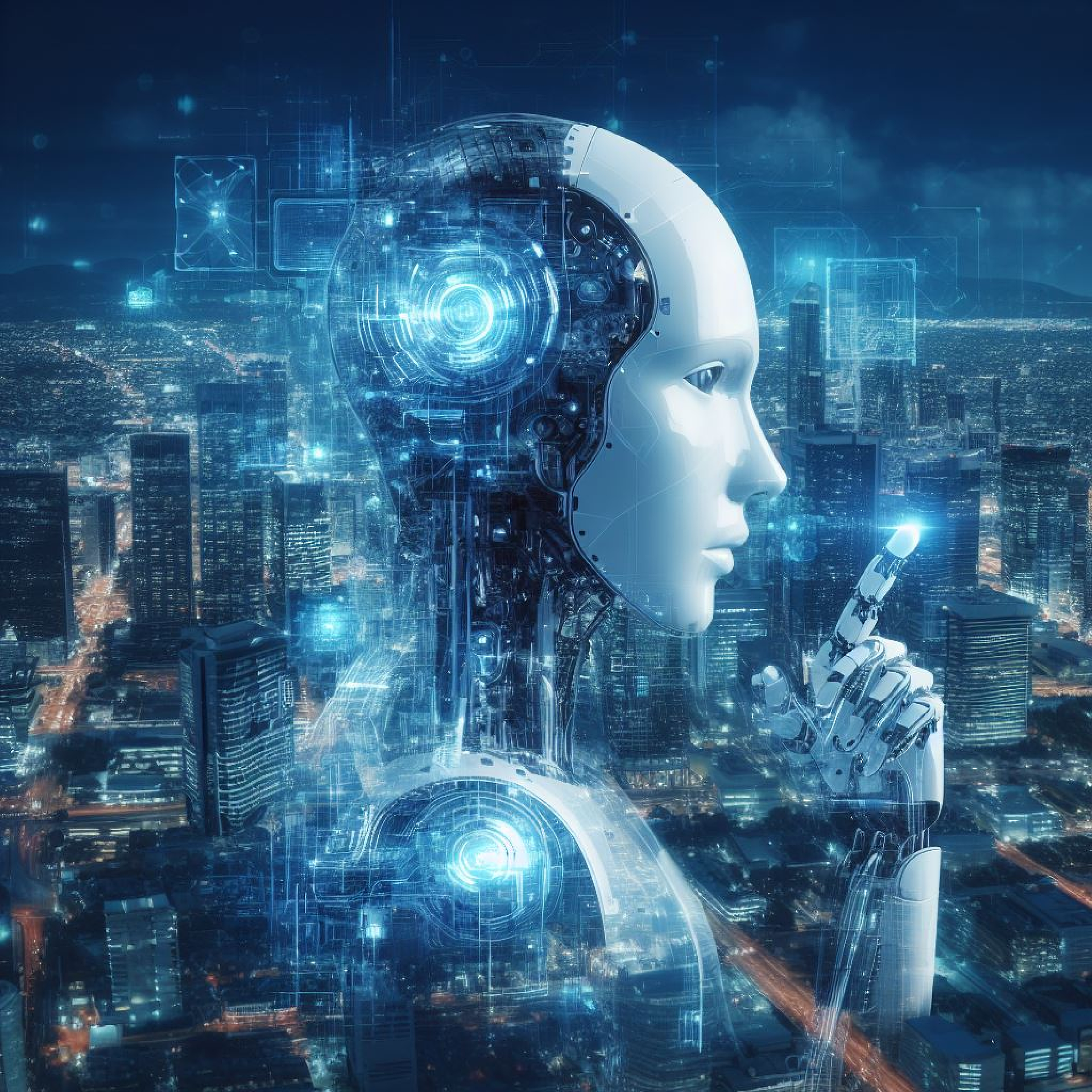In the not-so-distant past, artificial intelligence was a silent partner – an invisible force powering recommendations, automating tasks, and crunching data behind the scenes. Today, AI bots are not only speaking to humans – but they’re also speaking to each other. And that changes everything.
What Does It Mean for Bots to “Talk”?
AI-to-AI communication isn’t just about exchanging words. It’s about structured, goal-oriented dialogue between autonomous systems. These bots can:
- Coordinate tasks: Like warehouse robots syncing movements to avoid collisions.
- Negotiate outcomes: Think of trading algorithms adjusting bids in real time.
- Share knowledge: AI agents in healthcare exchanging diagnostic insights to improve patient outcomes.
This isn’t idle chatter – it’s purposeful, efficient, and often invisible to us.
How Do They Communicate?
AI bots typically use structured protocols and shared ontologies to ensure mutual understanding. Some common formats include:
- APIs and data schemas: Bots exchange JSON or XML payloads with predefined meanings.
- Multi-agent systems: Frameworks like JADE or ROS allow bots to collaborate in real time.
- Natural language interfaces: In experimental settings, bots use simplified English to simulate human-like dialogue.
In advanced cases, bots even develop their own shorthand or “languages” to optimize communication – though this raises ethical and transparency concerns.
Collaboration vs. Competition
Not all bot conversations are friendly. In cybersecurity, for example, defensive bots may intercept and counteract malicious bot activity. In finance, trading bots compete for milliseconds of advantage.
These interactions can be:
- Cooperative: Bots working toward a shared goal (e.g. traffic optimization).
- Competitive: Bots vying for resources or outcomes (e.g. ad bidding wars).
- Adversarial: Bots trying to deceive or outmanoeuvre each other (e.g. spam filters vs. spam generators).
Understanding these dynamics is key to designing resilient systems.
Real-World Applications
Here are a few industries where bot-to-bot communication is already transforming operations:
Industry: AI Bot Interaction Example
- Logistics: Delivery drones coordinating routes in real time
- Finance: Algorithmic trading bots negotiating asset prices
- Cybersecurity: Threat detection bots sharing alerts across networks
- Smart Cities: Traffic lights and vehicles syncing to reduce congestion
- Healthcare: Diagnostic bots comparing patient data for accuracy
Ethical and Strategic Implications
As bots become more autonomous, we face new questions:
- Transparency: Should bots explain their decisions to humans – or to each other?
- Security: Can bots be manipulated through deceptive communication?
- Governance: Who determines rules for bot interaction in shared spaces?
These aren’t just technical challenges – they’re strategic opportunities. The ability to design, monitor, and optimize bot ecosystems will become a core competency in digital transformation.


 This hole plays longer than its carded distance and the green is narrow, as well as sloping from back to front. Make sure you putt from below the hole.
This hole plays longer than its carded distance and the green is narrow, as well as sloping from back to front. Make sure you putt from below the hole.